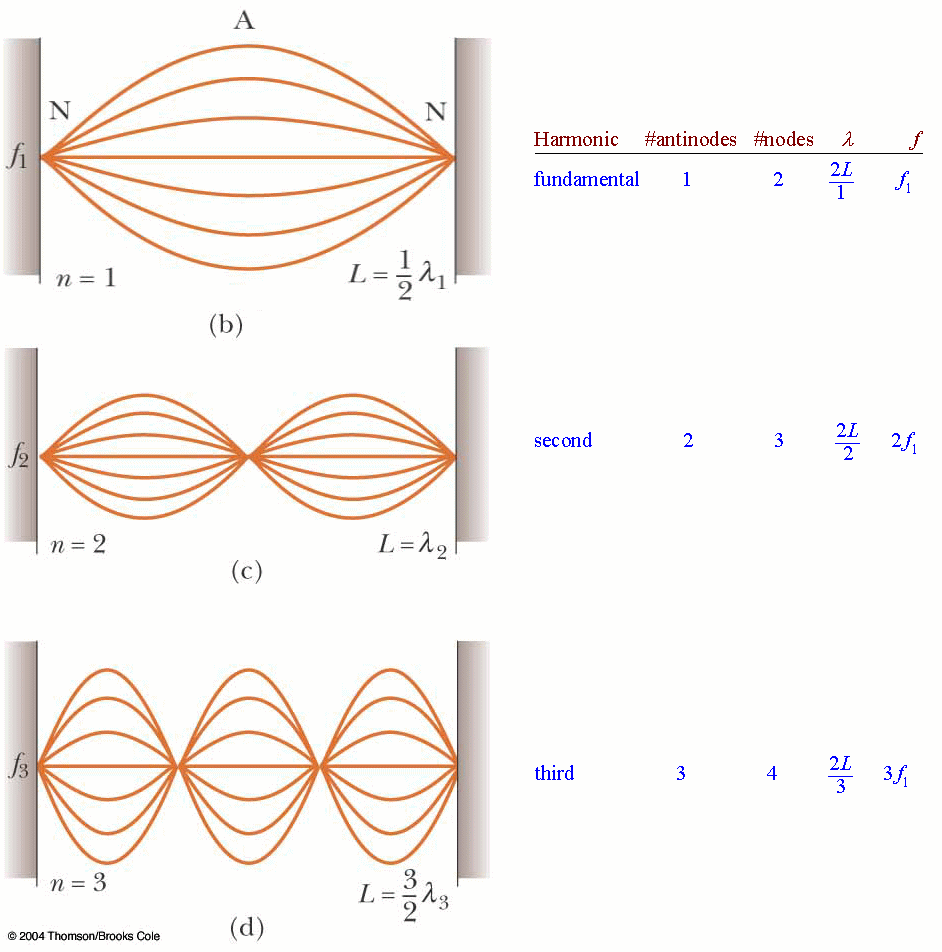Summary
- properties of the wave function
- particle-in-a-box, part 1
-
- Schrödinger equation
- Review (after spring break, exam 2)
- Foundations of quantum mechanics
- The time-dependent Schrödinger equation T.D.S.E. (Eq. 6.6)
- Ψ(x,t) = Aei(kx − ωt) is a solution (Problem 6.03)
- Example 6.3 p.209
- Derive the time-independent Schrödinger equation T.I.S.E. (Eq. 6.5)
- Example 6.5 p.211
- Standing waves
- Formation by reflection applet
another animation
- Time-dependent waves add to become a stationary state
- Particle in a box applet (infinite well, mouse=set eigenstate)

- Ray/wave optics analogy to classical/quantum mechanics (pp.212-213)
- Expectation values
- Example problem 6.10a
Thornton5e Example 6.3
Determine whether Ψ(x,t) = Asin(kx − ωt) is a solution to the TDSE.
A. Yes, only if ω = k
B. Yes, always
C. No, never
D. No, unless ω = k
Answer
Thornton5e Example 6.5
When separating variables, the time-dependent portion equals B·f(t), where B is
A. −13.6 eV
B. ℏω
C. 1/f(t)
D. kx−ωt
Answer
Thornton5e 6.10a
A wave function Ψ is A(eix + e−ix) in the region −π < x <π and zero elsewhere. Normalize the wave function.
A. A = what
B. A = what
C. A = what
D. A = what
Answer
C. No, never
B. ℏω
A. A = what
